Feasting on Agriculture: Grilling Grass-Fed Beef with Three Twelve Beef
Have you ever experienced a really, really good day at work? Well, today was one of those days for me. After a long, maternity hiatus from Feasting on Agriculture shoots, I jumped back in the saddle (or back on the Ranger in this case) to visit Three Twelve Beef Ranch in St. Francisville. And man, this particular shoot really delivered: the cool, fall weather was perfection; the ranch was scenic and beautiful; the cattle herd was outstanding; and the Morris family welcomed us with such warm hospitality and delicious food that we wanted to stay all day long!
Josh and Tara Morris raise beef cattle across several farm locations in the Feliciana Parishes. Their herd is exclusively pasture raised, and the beef they sell is all grass-fed. Traditional beef finishing (fattening) is done using grain, but Three Twelve Beef cattle eat only grass or high-quality hay. It takes about 2 years to convert a calf to 100% grass-fed beef.
I grew up on a cattle ranch, but I must admit, the exclusive grass-fed practice is a bit of a foreign concept from what I know of cattle production— so there was a wealth of new information for me to learn on this trip!
I like to think that I know beef cattle like the back of my hand, especially the Angus breed. But today, Josh and Tara introduced me to a new breed that I was not familiar with: Red Devon cattle. The breed’s name comes from its native land of Devonshire, England. Pilgrims brought the first set of Devon cattle to America in 1623. Devons were valued for both their high-quality beef and their rich milk used in Devonshire cream. The breed also had the reputation as hardy, easy keepers and able to thrive on rough forage, which is why Devons are an exceptional choice for raising grass-based beef.
Any cattle producer will tell you that raising cattle and growing grass go hand in hand, and that’s especially true on a grass-fed beef operation. The Morris family relies on rotational grazing practices to maximize their pasture land and provide the highest quality forage for their herd. Tara also works with the Louisiana Grazing Lands Conservation Initiative, and she incorporates many of their best management practices into their operation. Lack of rain coupled with record high temperatures and heat stress have made this year extremely challenging for farmers across the state. But thanks to their rotational grazing practices, the Morrises still have plenty of lush, green pastures to feed their cattle.
We got a chance to ride along with the Morris family, and watch their pasture rotation process in action. I was truly surprised to see how easily they moved the herd from one field to another without a bucket of feed! But as Josh pointed out, the fresh grass is all the incentive they need to lure them from one place to the next.
We headed straight from the field, to the grill, where Tara, Josh, and Eugene (Josh’s father) showed us the best way to prepare and enjoy their grass-fed beef. We started with New York strip steaks, which Tara had marinated overnight with garlic, soy sauce, Worcestershire sauce, Dale’s seasoning marinade, and a touch of A1 sauce. She also recommends using a meat jacquard to ensure the steaks are tenderized before cooking.
Now onto the grill! Josh says that 350 degrees is the optimum temperature to sear grass-fed steaks, which typically require a lower heat than grain-fed meat. He melted a small amount of butter before adding the meat and grilled each side of the steak for about 5 minutes for medium to medium-rare preparation. After that, he removed the steaks, sprinkled with kosher salt, a slice of butter, and covered the steaks to allow the meat to rest for a while before eating (a crucial step in the process, Josh pointed out.)
Then, Eugene grilled a few brisket beef patties for us to sample as well! The same cooking method applied to the burgers— lower, slower heat than traditional grain-fed beef. I also learned an interesting tip for grilling any burger: use your finger to make an indention in the middle of the patty to ensure the meat cooks evenly throughout.
In addition to the beef, Tara also prepared a full meal for us to enjoy: green salad with feta cheese and homemade dressing, sweet corn on the cob, and homemade brownies for dessert. She went above and beyond to make sure this meal was 100% farm to table, with all the ingredients sourced from local farms in the area.
We all sat down at a beautifully decorated table inside the barn to enjoy this fresh and delicious meal. The steak was tender and full of flavor. This was my first experience eating grass-fed beef, and the final result did not disappoint!
Three Twelve Beef is a truly farm to table operation, and they market their product directly to local consumers through farmers market sales, local grocery stores and home beef deliveries. If you’re interested in trying their beef, visit their website to learn where you can purchase.
I can not thank the Morris family enough for their warm hospitality and for welcoming our crew onto their farm. It was truly a perfect day for Feasting on Agriculture!

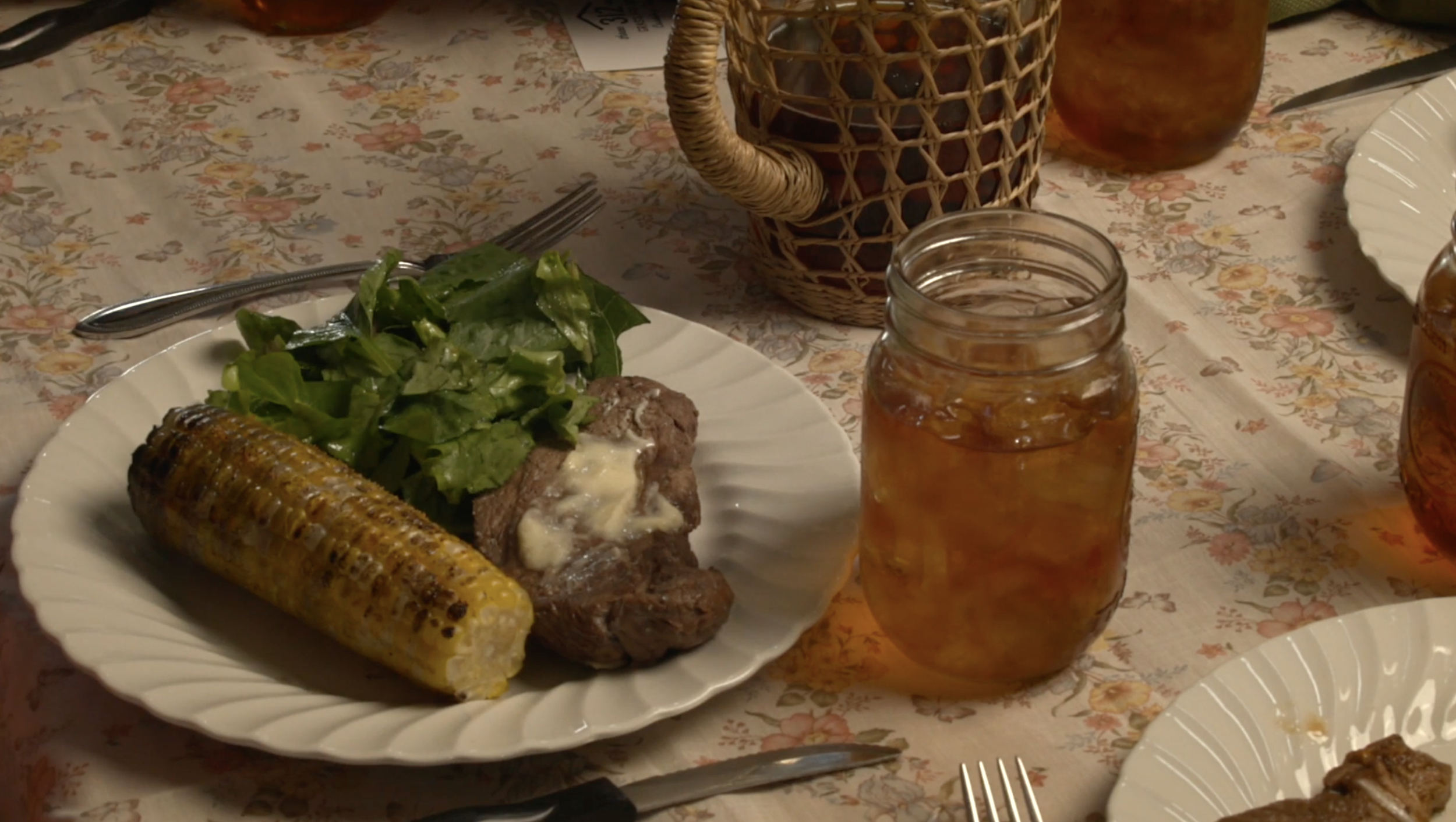
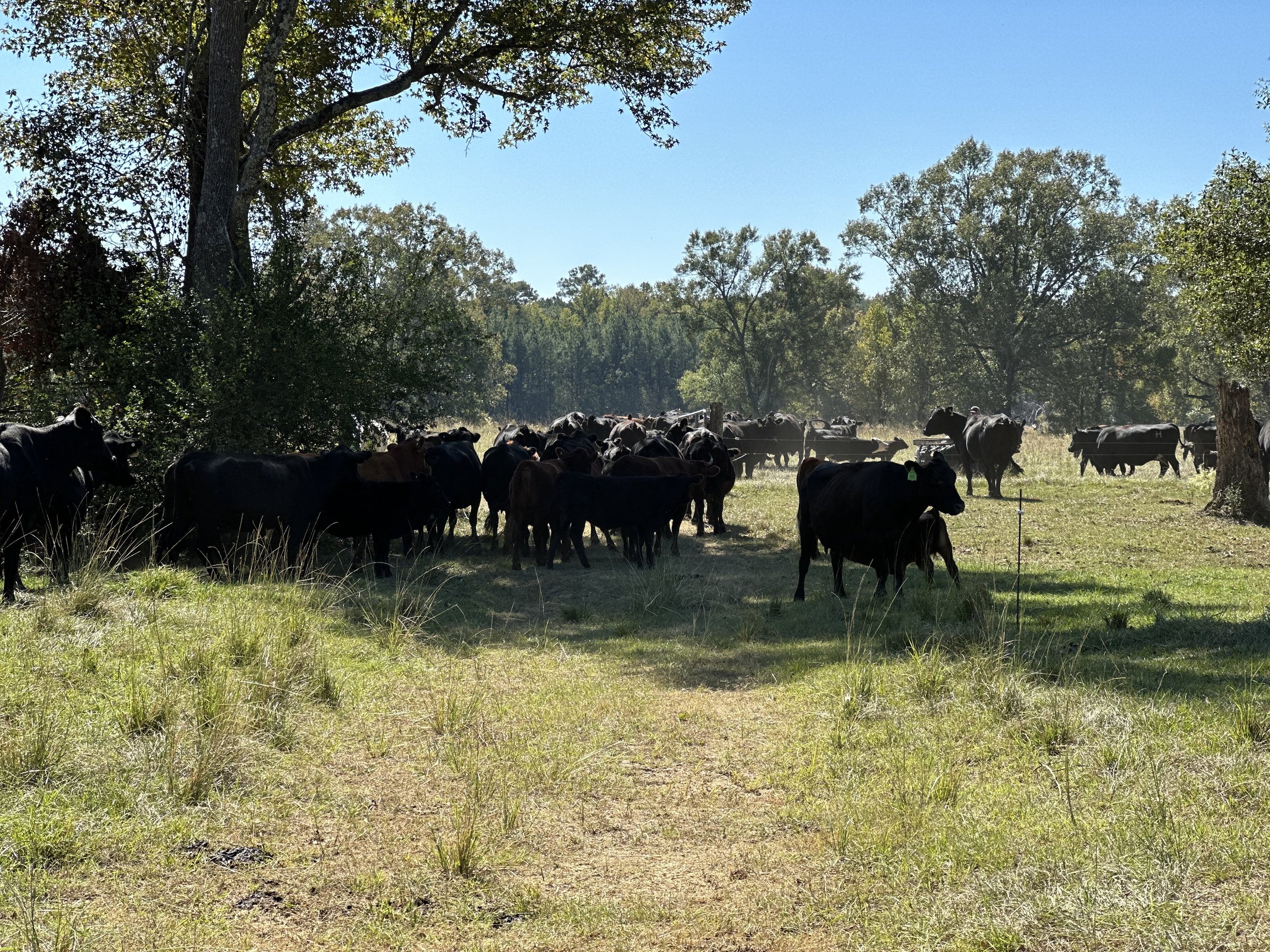
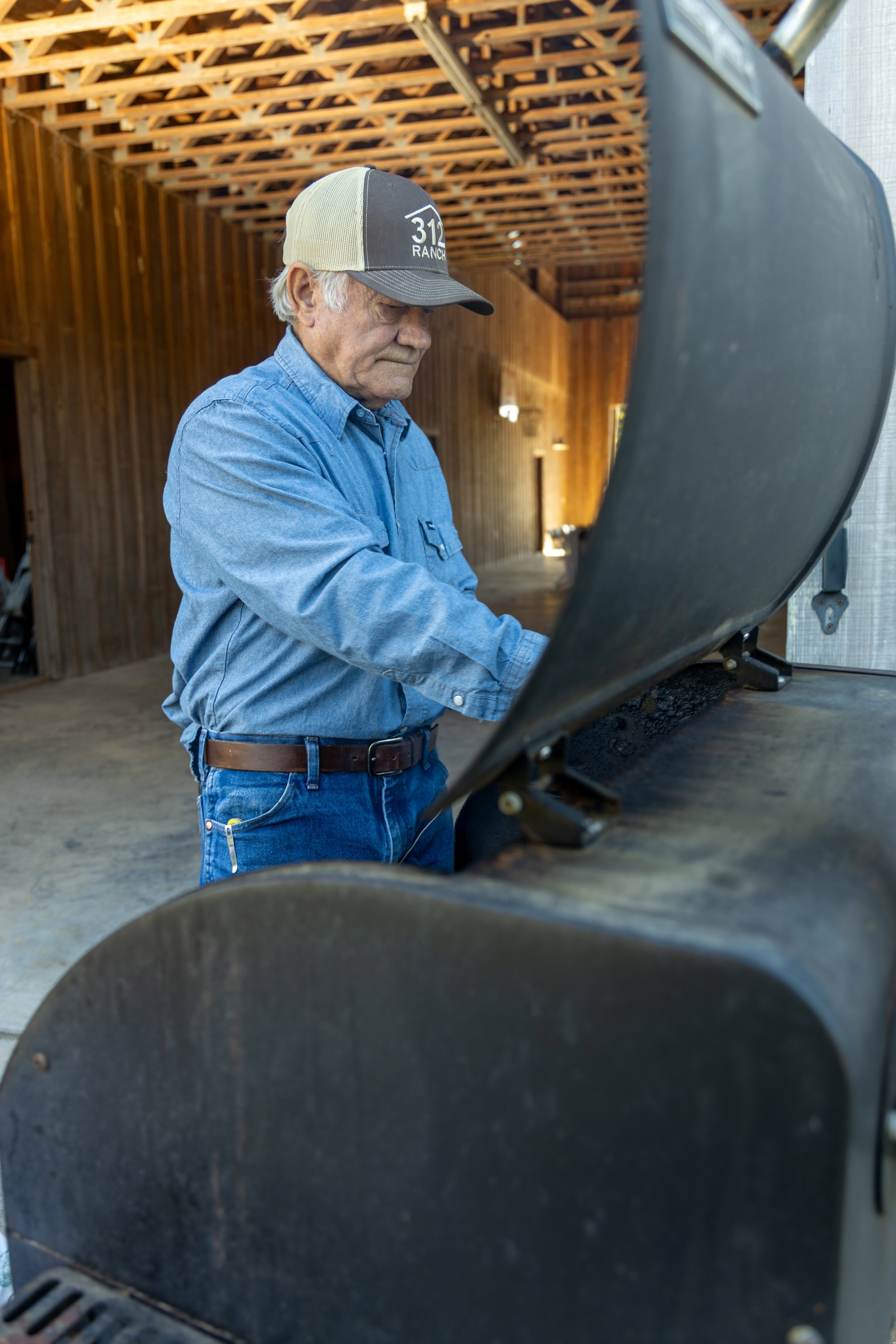

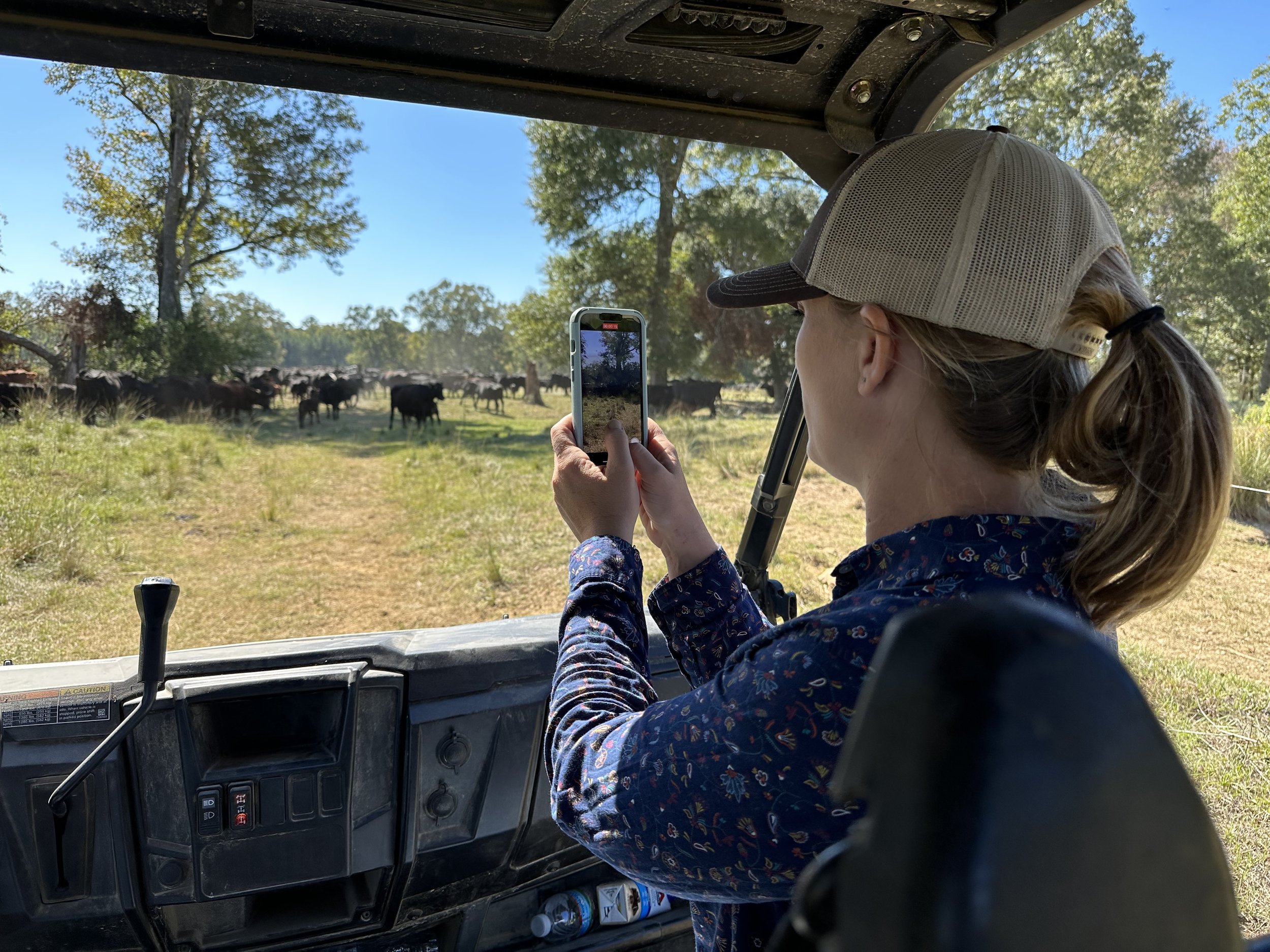
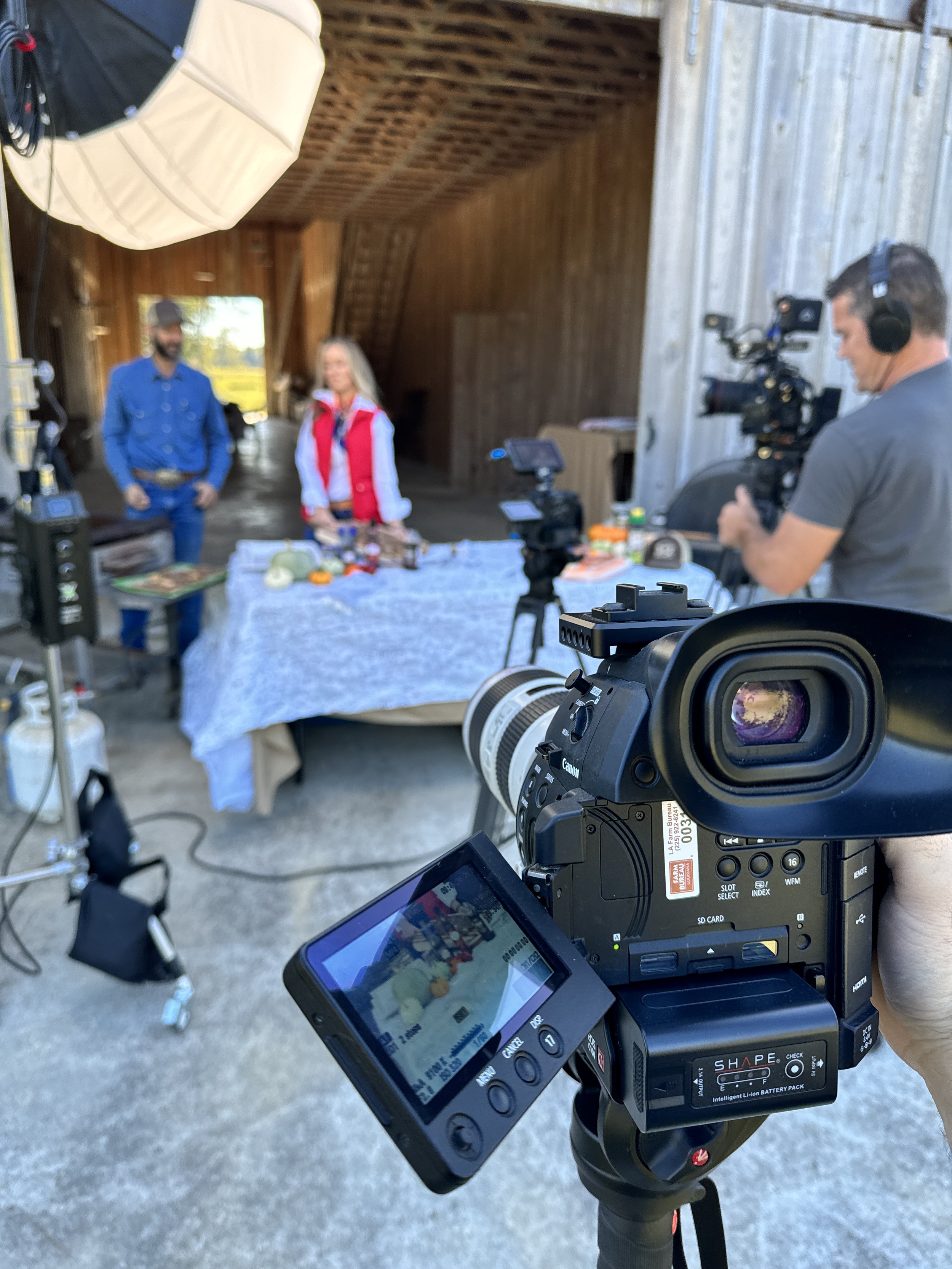
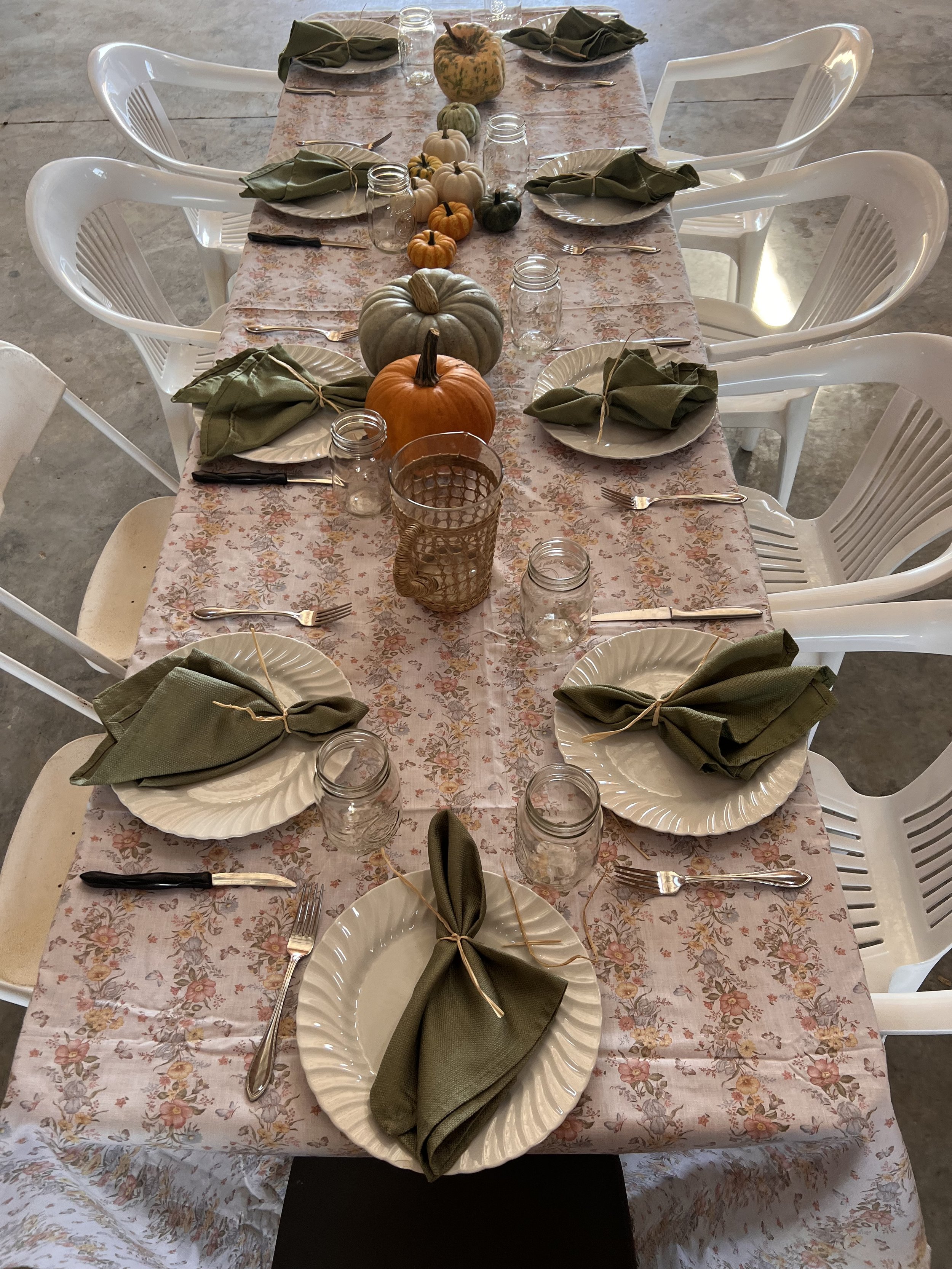
Tara’s Vinaigrette Recipe:
Ingredients
Olive Oil
Yellow mustard
Local honey
Squeeze of fresh lemon juice
Juice from minced garlic jar
Combine all ingredients into a jar, shake, and enjoy!
LINKS
Learn more about Three Twelve Beef
Feta goat cheese from Ewing Farms Dairy
Salad greens from Maranatha Greens
Honey from Promise Land Apiary
Learn more about Louisiana beef from Louisiana Beef Industry Council







